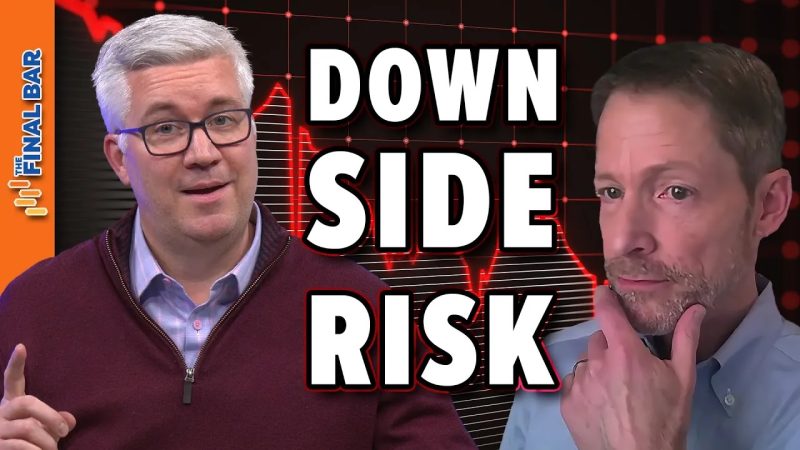Understanding Downside Risk in a Bullish Market
Downside risk refers to the potential for an investment or portfolio to decrease in value. Even in a bullish market, where investor optimism abounds and market prices are on an upward trend, downside risks still exist. They can materialize due to unfavorable market conditions, economic downturns, shifts in investor sentiment, political instability, or any number of other variables. Understanding these risks and implementing strategies to mitigate them are key to successful investing, even in the most favorable market conditions.
Exploring Downside Risks
While the term “bullish market” connotes positive, upward momentum, the existence of downside risk reminds us that no investment is entirely foolproof. A bullish market represents the upswing part of a business cycle, where there’s an optimistic outlook on market prices. Investors buy with the expectation that the market value will continue to rise. However, downside risk lurk in the shadows.
One of the most common forms of downside risk is the inherent uncertainty of the market. Economic indicators may be positive, but a sudden shift in situations like political instability, pandemic outbreak, or an economic shock like an unexpected interest rate hike could change the tide swiftly. A company-specific news such as unfavorable earnings report, leadership change, or scandals can also escalate downside risk in a bullish market.
Macroeconomic factors like rising inflation, high unemployment rate, slowdown in economic growth, and geopolitical risks can also fuel downside risk in a bullish market. A surge in inflation, for instance, could erode the purchasing power of a company’s income, affecting its profit margin and stock price.
Quantifying Downside Risk
A variety of financial metrics and models exist to help investors gauge the downside risk associated with their investments. The standard deviation, for example, is a common statistic used to measure the dispersion of a set of data from its mean. A higher standard deviation suggests a higher degree of downside risk.
Value at Risk (VaR) is another popular risk measurement tool. It provides a statistical estimate of the maximum loss that a portfolio is likely to endure over a specific time period, given a particular level of confidence.
Analyzing historical data and using stress tests can also be useful in understanding just how much an investment may decline during different market scenarios.
Strategies to Mitify Downside Risk
Several strategies can help mitigate downside risk even in a bullish market. Diversification, for example, is a well-known strategy employed to spread out investments across different asset classes, sectors and geographical regions to reduce risk.
Another popular strategy for curbing downside risk is the use of stop-loss orders. Investors and traders can set a predetermined price at which to sell a security if its price begins to drop, thus potentially limiting losses.
Hedging is another powerful tool used to offset potential losses that may result from adverse market movements. Investors can use derivatives like options and futures to help protect against downside risk.
Adjusting the asset allocation in a portfolio could also be a possible way to navigate a downside risk. Factors such as investor risk tolerance, investment horizon and financial goals should all be considered in this strategy.
Downside risk is an inevitable part of investing, even in a bullish market that is generally characterized by optimism and rising prices. Nevertheless, having a keen understanding of it and employing effective risk management strategies can help investors safeguard their portfolio against significant losses. Always remember that being forewarned is being forearmed in the world of investments.
